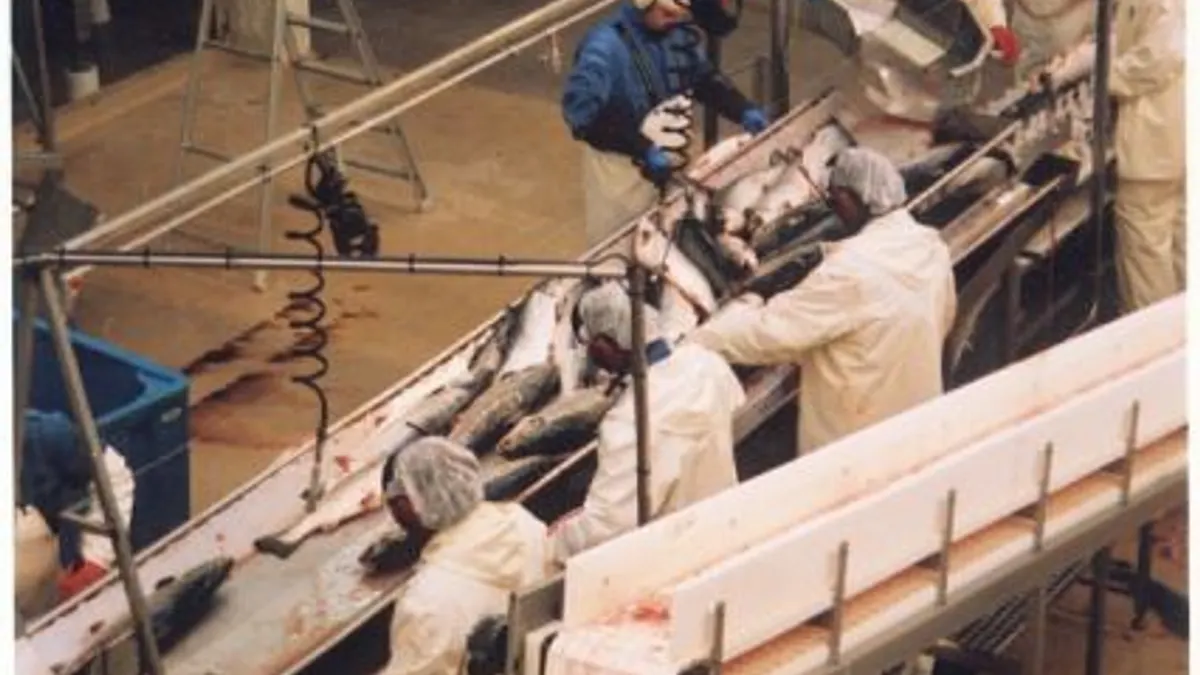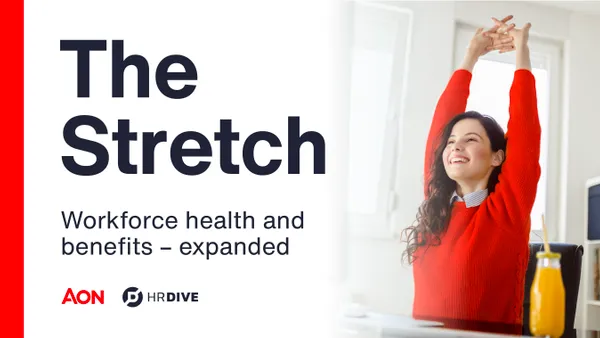Dive Brief:
- Sometimes, a job is just not enough. New research from the University of California, Berkeley’s Center for Labor Research and Education has found that just over a third of non-supervisory manufacturing production workers in the U.S. (and half of the nation’s manufacturing workers hired through temporary agencies) need at least one public assistance program to support themselves or their families.
- The Labor Center calculates that low wages in manufacturing cost taxpayers approximately $10.2 billion a year in public assistance.
- The center report focuses on the rapid growth in the use of low-paying temporary positions, which account for 9% of all frontline jobs in manufacturing, a nine-fold increase from 25 years ago, when less than 1% of production workers were employed by staffing agencies.
Dive Insight:
Ken Jacobs, chair of the Labor Center and co-author of the report, said manufacturing typically is considered high-paying, middle-class work, but the reality is the production jobs are increasingly coming to resemble fast-food or retail jobs, especially for those workers employed through temporary staffing agencies.
The researchers note that the largest classification of temporary manufacturing production workers—assemblers and fabricators—earn a median wage of $10.88 an hour, compared to $15.03 for those hired directly by the manufacturers. Half of all manufacturing production workers hired through temporary staffing agencies are enrolled in at least one public assistance program – a rate just below the 52% of fast-food workers who rely on public assistance.
The report analyzed utilization rates and costs in the five largest means-tested public benefit programs for which data is available: Medicaid, the Children’s Health Insurance Program (CHIP), the Federal Earned Income Tax Credit (EITC), food stamps (the Supplemental Nutrition Assistance Program, or SNAP), and basic household income assistance (Temporary Assistance for Needy Families, or TANF).
“While employment in manufacturing has started to grow again following the Great Recession, the new jobs created are less likely to be union and more likely to pay low wages,” Jacobs said.













